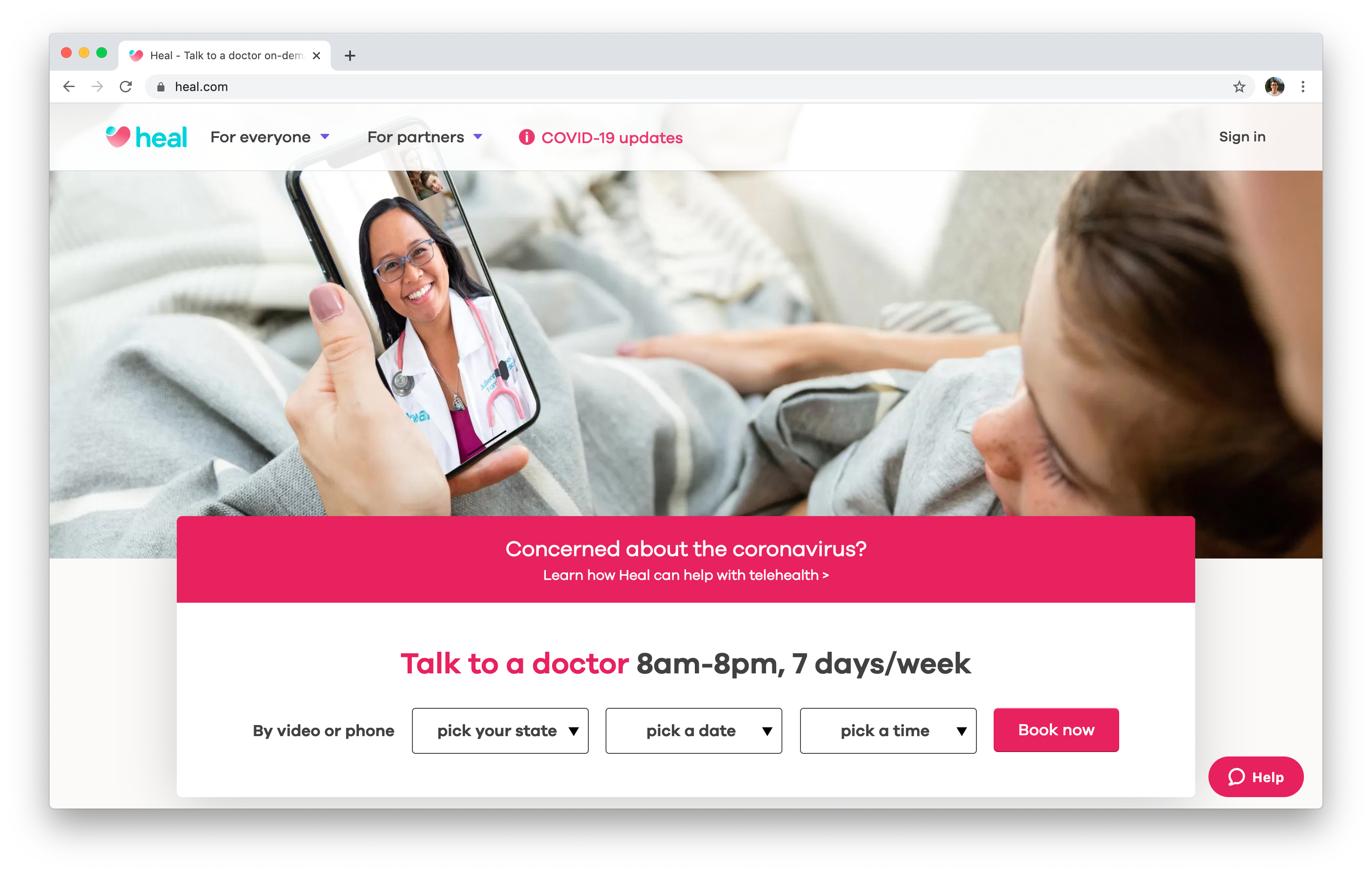Subscription Based Healthcare: Transforming the Way We Consider Health
Subscription Based Healthcare: Transforming the Way We Consider Health
Blog Article
Recognizing the Cost-Effectiveness of Subscription-Based Health Care Models
As the healthcare landscape develops, subscription-based versions become an engaging choice, guaranteeing to redefine exactly how people handle medical expenses. Assessing these designs' cost-effectiveness necessitates a nuanced comparison with standard insurance, taking into consideration both economic effects and person satisfaction. While they supply openness and predictability in prices, questions stay about their capacity to meet diverse healthcare demands, particularly for specialized therapies. The viewpoints of healthcare providers further complicate this equation, providing a complex obstacle. What does the future hold for these models, and can they really provide on their pledge of obtainable, inexpensive treatment?
Summary of Subscription-Based Versions
Subscription-based healthcare models, sometimes referred to as straight health care or attendant medicine, are progressively getting interest as a prospective option to inadequacies within typical health care systems. These designs operate the principle of offering clients straight access to doctor through a monthly or yearly charge, bypassing the need for typical insurance coverage systems. This plan aims to improve patient-provider interactions by reducing management worries, which usually hinder personalized and prompt treatment.
At the core of subscription-based designs is the focus on an extra tailored person experience. Clients benefit from improved accessibility to their physicians, often including same-day or next-day appointments, expanded consultation times, and straight communication networks such as phone or video clip telephone calls. This design fosters an aggressive approach to health care, where clients and providers can collaboratively concentrate on preventative treatment and chronic illness administration.

Cost Comparison With Traditional Insurance Policy

One of the primary financial advantages of subscription models is transparency in costs. Clients pay a predictable charge, which can simplify budgeting and financial planning. Additionally, these models generally eliminate co-pays and deductibles for covered services, reducing out-of-pocket spending. Alternatively, typical insurance policy might be a lot more helpful for individuals requiring specialized care or pricey therapies not covered under a registration design, as they benefit from the broader insurance coverage network and cost-sharing devices.
However, cost-effectiveness is context-dependent. While membership models may offer financial savings for those primarily requiring health care, people with chronic problems or specialized healthcare requirements might discover typical insurance coverage extra extensive. Consequently, assessing certain healthcare demands and possible usage is important in determining the most cost-efficient option for individuals.
Effect on Person Complete Satisfaction
Client complete satisfaction within subscription-based health care designs frequently reflects a significant renovation over conventional insurance policy systems. Unlike conventional systems, where patients might experience hold-ups in receiving treatment, subscription-based designs ensure more timely and straight interactions with medical care service providers.
Furthermore, the openness in costs related to subscription-based healthcare relieves the typical stress associated with unanticipated costs and complicated payment procedures seen in standard insurance coverage (subscription based healthcare). Patients appreciate understanding the specific monetary commitment upfront, bring about increased trust and confidence in their health care monitoring
Furthermore, the focus on preventive care and wellness in registration designs contributes to enhanced wellness outcomes, even more boosting client fulfillment. By concentrating on ongoing health and wellness upkeep rather than anecdotal care, people experience a more continual and alternative healthcare trip.
Moreover, the enhanced provider-patient partnership fostered in these models, defined by more time find more information spent per person and tailored focus, plays a vital function in raising client complete satisfaction degrees, as patients really feel genuinely cared for and understood.
Company Point Of Views and Experiences
From the service provider's viewpoint, subscription-based medical care versions offer a transformative approach to delivering medical services. These versions emphasize a aggressive and preventative medical care strategy, allowing companies to concentrate on comprehensive person care without the restrictions of standard fee-for-service setups (subscription based healthcare). This change in focus usually causes boosted patient end results and enhanced Go Here supplier satisfaction, as healthcare specialists can allot more time and sources to client engagement and customized care plans
In addition, registration models promote foreseeable earnings streams, which boost economic stability for doctor. This predictability permits enhanced resource planning and allocation, adding to a much more effective healthcare distribution system. Providers can invest in staff training, technology, and facilities improvements, thereby enhancing the high quality of treatment used.
However, the shift to subscription-based models is not without obstacles. In spite of these obstacles, several suppliers discover that the advantages of increased person interaction and structured procedures exceed the preliminary difficulties, making subscription-based versions an attractive choice.
Future Prospects and Challenges
A primary challenge is regulative conformity, as registration designs need to abide by progressing healthcare policies and insurance coverage requirements. This necessitates continual adaptation and innovation to make certain alignment with lawful requirements. Additionally, integrating these designs right into existing medical care infrastructures can be complex, requiring substantial financial investments in technology and training.
There is likewise the prospective danger of producing injustices in health care access, as subscription versions may prefer those who can afford them, leaving vulnerable populations underserved. Addressing this needs thoughtful factor to consider of rates approaches and aid systems to make sure inclusivity.
Verdict
Subscription-based medical care over at this website versions provide a viable choice to standard insurance by supplying economic predictability and openness, particularly benefiting individuals with chronic problems or frequent healthcare requirements. The cost-effectiveness of these designs is contingent upon individual health care use patterns and scenarios. While they may boost patient fulfillment and simplify budgeting, obstacles remain in addressing specialized treatment needs. Future factors to consider include stabilizing extensive coverage with cost and incorporating these versions within the more comprehensive medical care system for optimal results.
Subscription-based medical care versions, in some cases referred to as direct main treatment or concierge medication, are increasingly gaining attention as a possible solution to inefficiencies within traditional healthcare systems. Unlike traditional systems, where patients may experience hold-ups in getting care, subscription-based models make sure even more timely and straight communications with healthcare service providers.
These designs highlight a proactive and preventative health care method, allowing carriers to concentrate on comprehensive individual care without the restraints of standard fee-for-service plans. As these models continue to gain traction, they offer the possible to reinvent patient access to care, improve service distribution, and enhance health care costs.Subscription-based medical care versions offer a viable option to typical insurance by providing financial predictability and openness, particularly benefiting people with chronic problems or constant medical care requirements.
Report this page